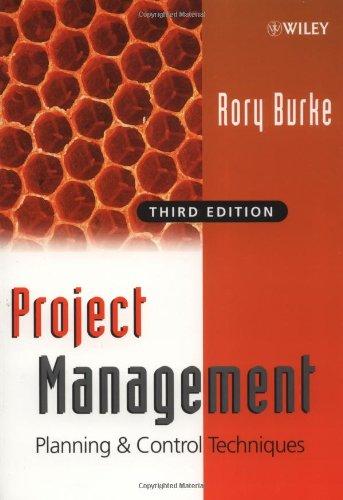Question
Customer churn, also called attrition or defection, is the loss of customers. In saturated markets, there are limited opportunities to attract new customers, so retaining
Customer churn, also called attrition or defection, is the loss of customers. In saturated markets, there are limited opportunities to attract new customers, so retaining existing customers is essential to profitability and stability. It is estimated that attracting a new customer cost five to six times more than retaining a customer. Established customers are more profitable due to the lower cost to serve them. In addition, brand loyalty developed over time makes them less likely to churn. Satisfied customers also serve as a word-of-mouth advertisement, referring new customers to the company.
Research on customer churn can take two perspectives: the overall company level and the individual customer level. Identifying the determinants of churn, or reasons why customers may churn, can give insight into company-level initiatives that may reduce the issues that lead to higher churn. It is possible to use churn prediction models to identify customers who are likely to churn and attempt to prevent them from leaving the company.
A classification decision tree is a statistical model that is often used for churn prediction, either as a model on its own or as a comparison for other models. But regardless of the particular technique, churn prediction modelling follows a standard classification process. The first step is to define churn for the particular situation. The analyst of researcher must choose a definition of churn that makes sense in the context. In this case, they select an appropriatelength of time of inactivity on the account: A number of days or months without a purchase.
After defining churn. the original dataset of customers should be labeled according to their true churn status. The data is splitted into train/test in order to train the model with the characteristics of the customers and evaluate the model performance in the test. The model may also be evaluated by domain experts to gauge whether the predictive attributes seem in line with business knowledge. If the performance is acceptable, the attributes of current customers can be entered into the model to predict their churn class.
- What is the target in this use case? How did they define churn?
- Consider that they used a Decision Tree, what are the possible outcomes of this technique?
- Which other classification method would you use? Why?
- Which kind of performance metrics would you use? Give an example of at least two metrics applied to the use case.
Step by Step Solution
There are 3 Steps involved in it
Step: 1

Get Instant Access to Expert-Tailored Solutions
See step-by-step solutions with expert insights and AI powered tools for academic success
Step: 2

Step: 3

Ace Your Homework with AI
Get the answers you need in no time with our AI-driven, step-by-step assistance
Get Started


